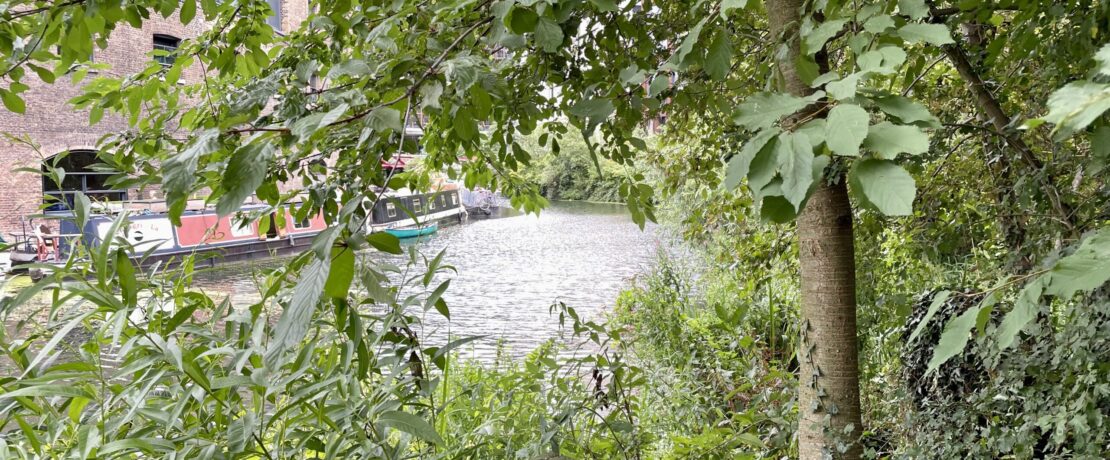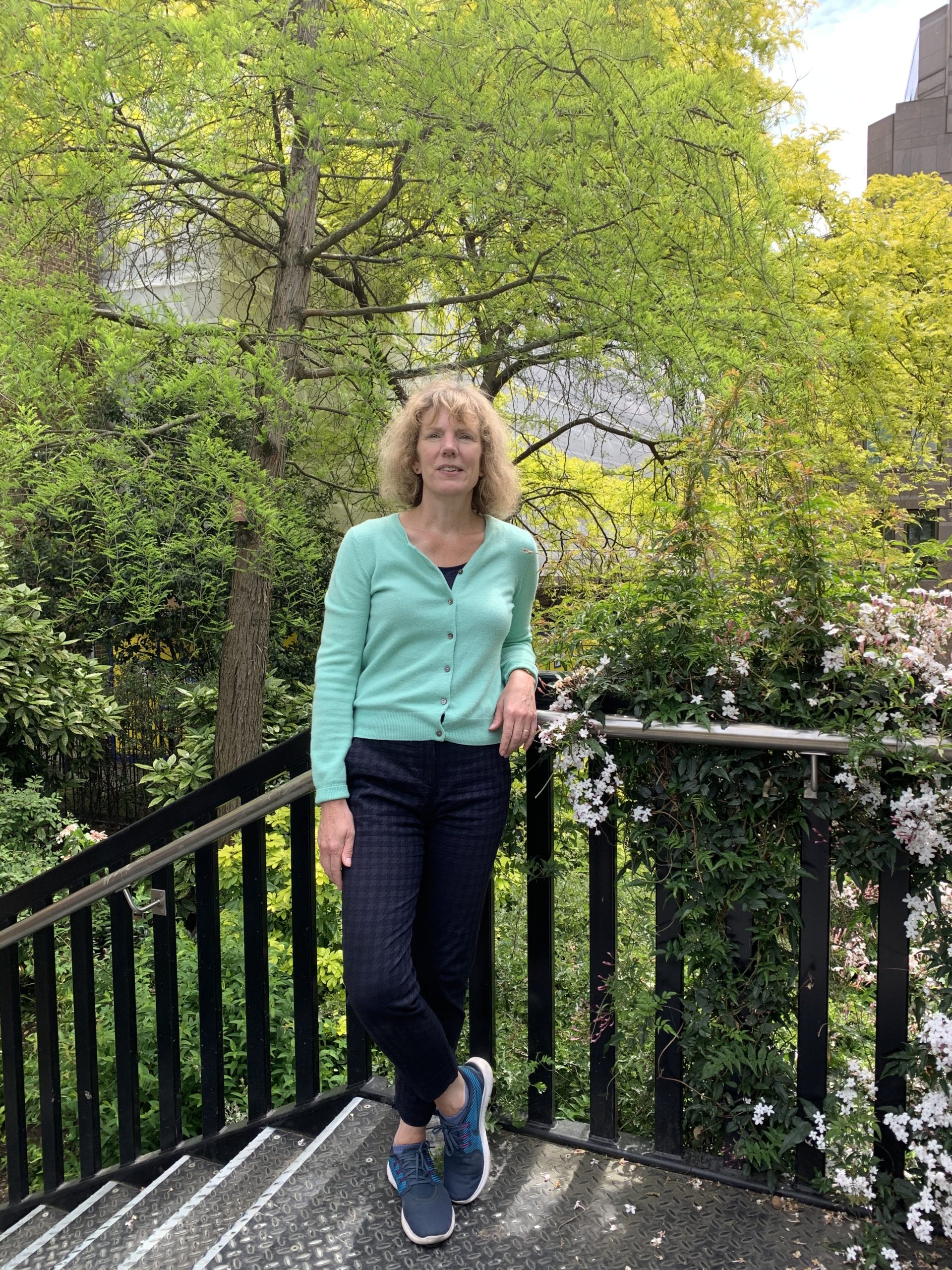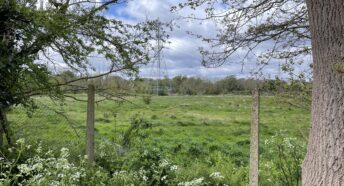How green spaces can protect our city
No-one can have missed the devastating effects of this year’s summer heatwave across the world.
Despite London’s dull summer, the last decade here has been the warmest ever experienced.
It’s easy to feel overwhelmed, but Londoners can help – by creating and looking after green spaces.
Like other cities, London generates a micro-climate. Covered with Tarmac and concrete, busy offices, homes and thoroughfares, cities generate heat. Warm air, trapped by buildings and narrow highways, sends temperatures soaring by as much as 4 degrees compared to surrounding areas.
Demand for extra power to increase cooling drives up fuel consumption, adding to pollution in city streets. Meanwhile, warmer pavements and other surfaces act to raise the temperature of rainwater. As the water flows into rivers and lakes, the rising warmth can stress and damage aquatic life.
Extreme events such as heatwaves and sudden flooding are already affecting Londoners, interrupting events, and causing disruption and damage to our transport infrastructure.
As Londoners, what can we do?
Green space is increasingly recognised as a powerful tool in the fight to mitigate the impact of our changing climate.
How green spaces help protect cities
Green spaces mitigate the impact of urban warming and pollution by providing shade, absorbing carbon, and aiding drainage. Trees play an important part. A mini-forest of different types, as well as hedgerows, encourage diverse wildlife, birds and insects, establishing a miniature ecosystem.
Other green areas can be created by turning neglected land into community green space. A location as small as a few parking bays can create room for an appealing parklet, which improves the streetscape and provides welcoming plant life, seating, and shade.
Vegetation can even be added to roofs to reduce surface temperatures, and insulate the spaces below.
The importance of green infrastructure is recognised in Transport for London (TfL)’s recently published Climate Change Action Plan. In it, the organisation responsible for transport of millions of Londoners every year sets out to address extreme weather events which are ever more frequent in the city. Key to this, they say, is increasing green infrastructure across the city.
‘Parks, green spaces, gardens, woodlands, rivers and wetlands, as well as features such as rain gardens, street trees and green roofs, are crucial for our adaption to climate-change,’ TfL reports.
‘For example, trees help provide shade and cooling during hot weather and vegetation reduces the amount and speed of surface water run-off before it reaches our over-burdened drainage systems.’
TfL is actively seeking new locations across its network for planting trees and installing other forms of green infrastructure.
TfL is not alone in recognising the importance of increasing green spaces in London. Alarmingly, however, even our existing green infrastructure remains under threat. Community action has been shown to work in defending these spaces from threats, whether from ill-thought-through borough plans, to private landowners tearing up protected woodland.
CPRE London campaigns to protect London’s green spaces. Find out more here Green space for all – CPRE London Or donate to support this important work CPRE London fundraising & online donations | KindLink









